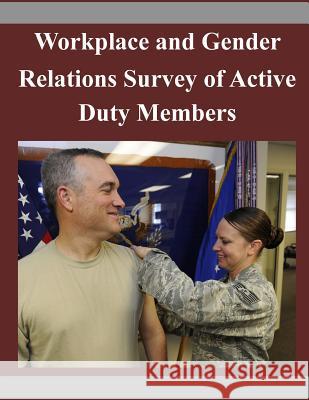Workplace and Gender Relations Survey of Active Duty Members » książka
Workplace and Gender Relations Survey of Active Duty Members
ISBN-13: 9781503305106 / Angielski / Miękka / 2014 / 80 str.
The Defense Manpower Data Center (DMDC) conducted several studies to assess the presence of nonresponse bias in estimates from the 2012 Workplace and Gender Relations Survey of Active Duty Members (2012 WGRA). The objective of this research was to assess the extent of nonresponse bias for the estimated rate of unwanted sexual contact (USC rate) in the active duty military. The level of nonresponse bias (NRB) can vary for every question on the survey, but DMDC focused on the USC rate because this is the central question on the survey. Nonresponse bias occurs when survey respondents are systematically different from the nonrespondents. Nonresponse bias can occur with high or low survey response rates, but the decrease in survey response rates in the past decade has resulted in a greater focus on potential NRB. DMDC investigated the presence of nonresponse bias using many different methods, and this paper summarizes the following methods and results: 1. Analyze response rates from 2012 WGRA and other DMDC surveys, 2. Evaluate composition of sample compared with survey respondents, 3. Assess how effectively DMDC weighting reduces nonresponse bias, 4. Use late respondents as a proxy for nonrespondents, 5. Use hard-to-reach (HTR) respondents as a proxy for nonrespondents, 6. Analyze item missing data for USC question, 7. Analyze whether past USC victims' respond to later WGRA surveys at different rates. Based on these studies, it is unlikely that the 2012 WGRA overestimates the USC rate, and there is some evidence that the survey underestimates the USC rate, although the level of nonresponse bias appears to be modest.
Zawartość książki może nie spełniać oczekiwań – reklamacje nie obejmują treści, która mogła nie być redakcyjnie ani merytorycznie opracowana.











